
Filmpac Footage Contributor Program
Want to make money selling footage through a major stock footage platform like Filmpac? This page will walk you through the processs.
Continue ReadingBy Caleb Rexius

Golden Hour is magical.
Photographers and cinematographers know there’s just something that you can’t replicate in the other 23 hours of the day.
But why?
What makes it so special?
How do I capture the magic?
How do I maximize that time?
Well today, let’s talk about everything Golden Hour.
On one of my first video shoots ever, I accidentally planned it around sunset, and I quickly noticed “wow, these shots are looking good!” (reminder: I had no previous training or experience).
I didn’t know what Golden Hour was. I just knew that I liked sunsets.
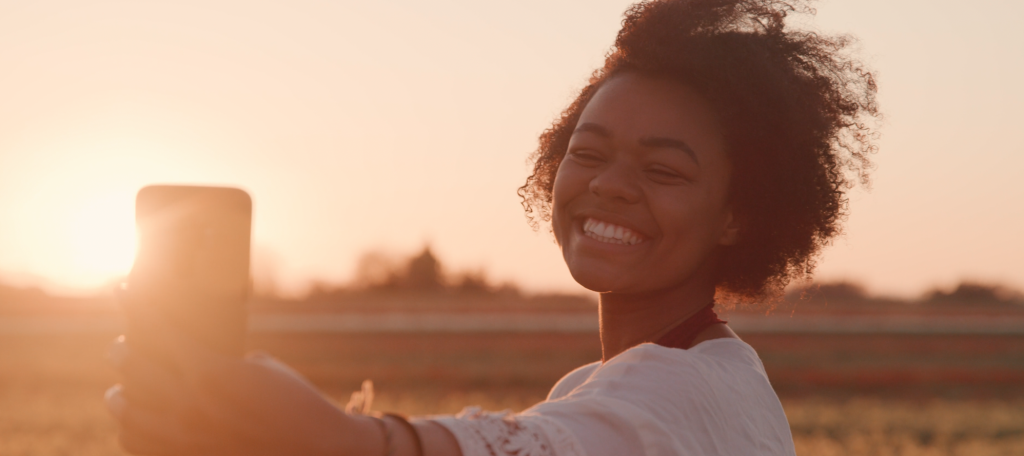
So I started planning more shoots around sunset time when possible, and really, I almost used it as a crutch. I got the point I wouldn’t even consider shooting at another time. That’s probably taking it too far, but perhaps not totally unreasonable.
So what I want to do today is answer some questions about those shots, how to capture them, and what to look out for.
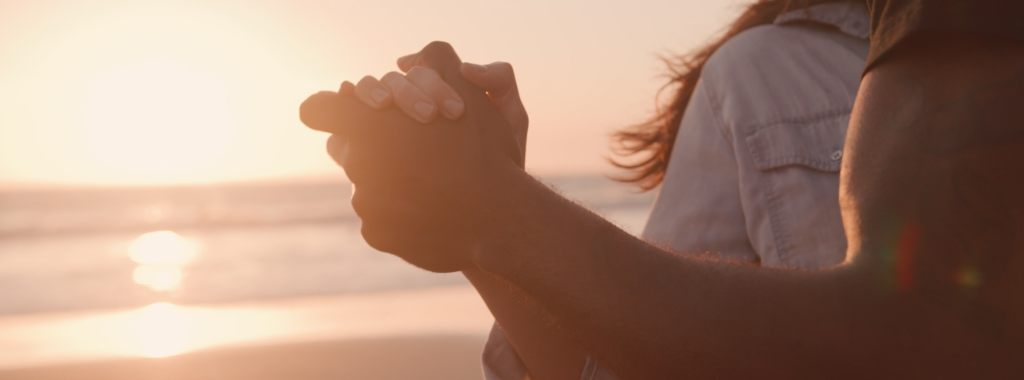
I say, no.
For me, the actual golden time is that final half hour.
I’ve found an hour before sunset is still too bright and harsh, but 30 minutes before sunset is when we really see that softer, diffused, warmer, richer color and light come through.
Which puts even more pressure on the shooter, right? Because now it’s actually half the time you’re expecting to have.
Well, it’s not like you can’t get great shots before then, or any time of day really. But just know that it’ll be easier if you wait for those final moments. So with that in mind, I plan for my top shots on my shot list to be during this final 20-30 minute window.

I don’t 🙂
I embrace lens flares and use them as transitions or obscurations, and I try to just appreciate the wild flares. And though there is a time to hide them with a lens hood (or your hand, or whatever method you use), I generally don’t.
To me, it makes it almost feel more like real life, like you’re actually there and the sun is in your eyes. It’s just more immersive. That’s the best way I can describe it.
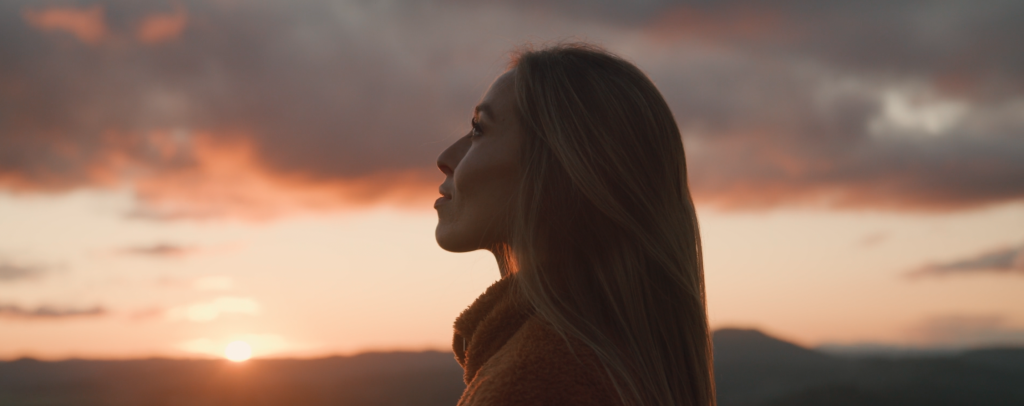
There’s a quick answer, and there’s a more scientific one.
The quick answer is that it’s more warm and balanced, because the sun is lower in the sky.
The more scientific one is this: in the middle of the day the lighting is brighter and creates strong highlights and dark shadows (from the sun being higher in the sky). This makes it really easy to overexpose your subjects, and have unflattering shadows and highlights.
At Golden Hour, the time around sunset (or sunrise), the sun is lower on the horizon, so the rays of light have to penetrate the atmosphere for a greater distance. This eliminates the harshness we see earlier in the day. So it’s diffused in a sense, and makes for longer shadows and more of a reddish or orange color profile.
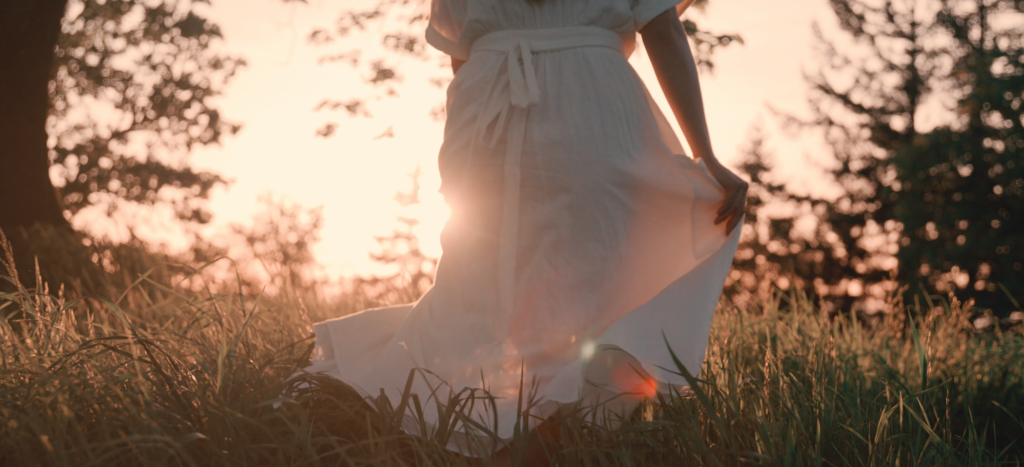
All of the above makes it easier to capture beautiful images.
But I think what I like about it most is the diversity of styles of shots I can get.
I can have a subject face toward the sun and have a fully-exposed, balanced portrait shot. Or I can split their face (maybe half and half), and have a more dramatic side-lit profile. Or I can turn them back towards the sun and play with flares, and maybe even silhouette them.
The variety of exposing techniques during golden hour is just really fun to work with.

Well, where I’m from in Oregon, we have quite a few mosquitoes in the late spring through early fall, and they come out to play around sunset. And those little vampires love sucking my blood, especially when I’m holding a camera, so bring bug spray for you, the shooter, and for your talent.
I’ve had to cut shoots early because of bug problems, and its avoidable with bug spray.
So let’s review:
Golden Hour is all about lighting, because it’s softer, directional, and warm.
That’s what makes it magical. Now go out there and try for yourself!
And remember, all the stock footage you see is available at filmpac.com, including the music.
See you next time.
Caleb is the Founder and Lead Cinematographer at Filmpac.

Want to make money selling footage through a major stock footage platform like Filmpac? This page will walk you through the processs.
Continue Reading
By far, the two most common frame rates in modern American video editing and production are 24fps and 29.97fps. Here's the difference.
Continue Reading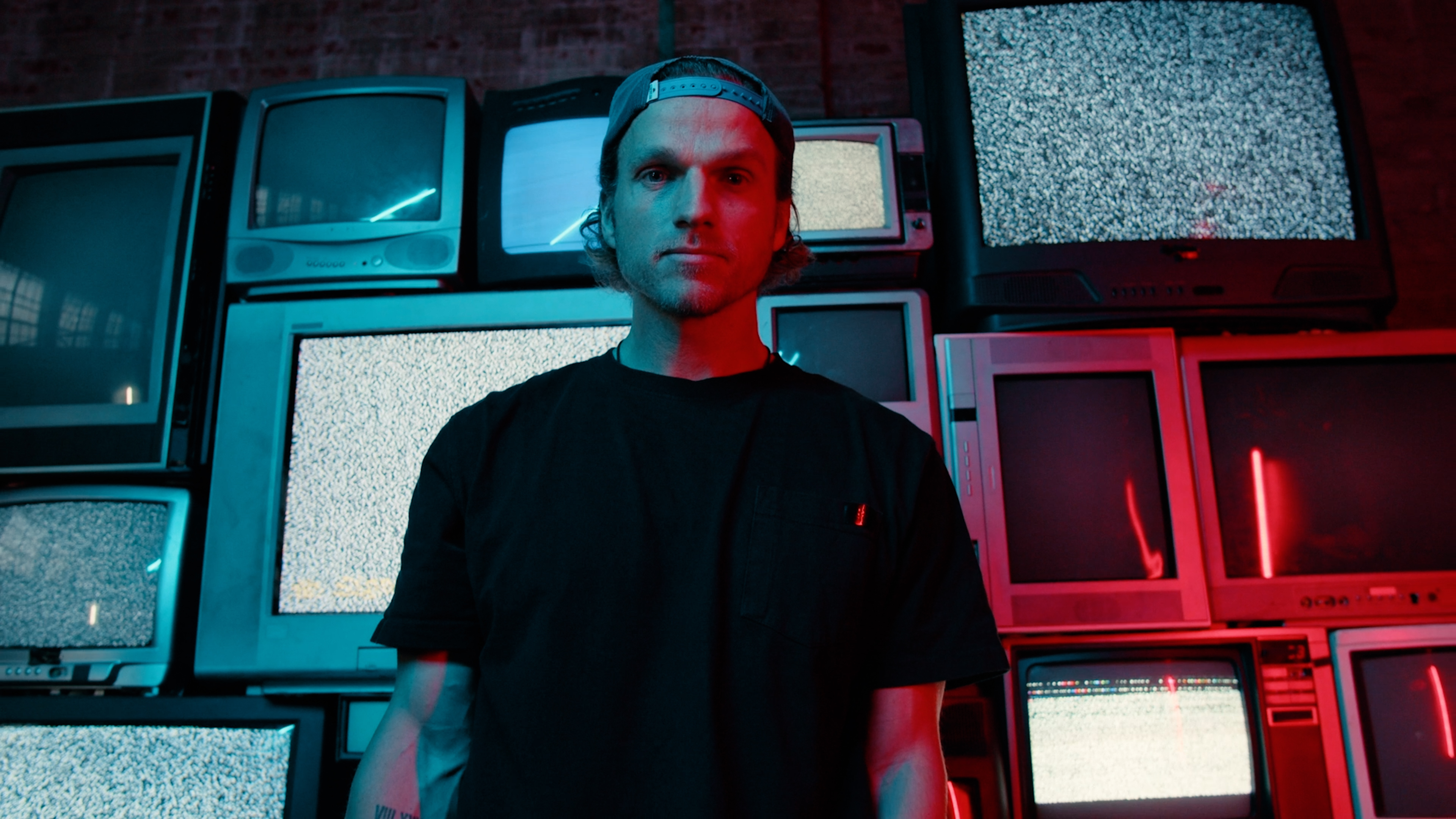
There are 5 main types of camera movement. We break each of them down and show you how they can help you tell your stories better.
Continue Reading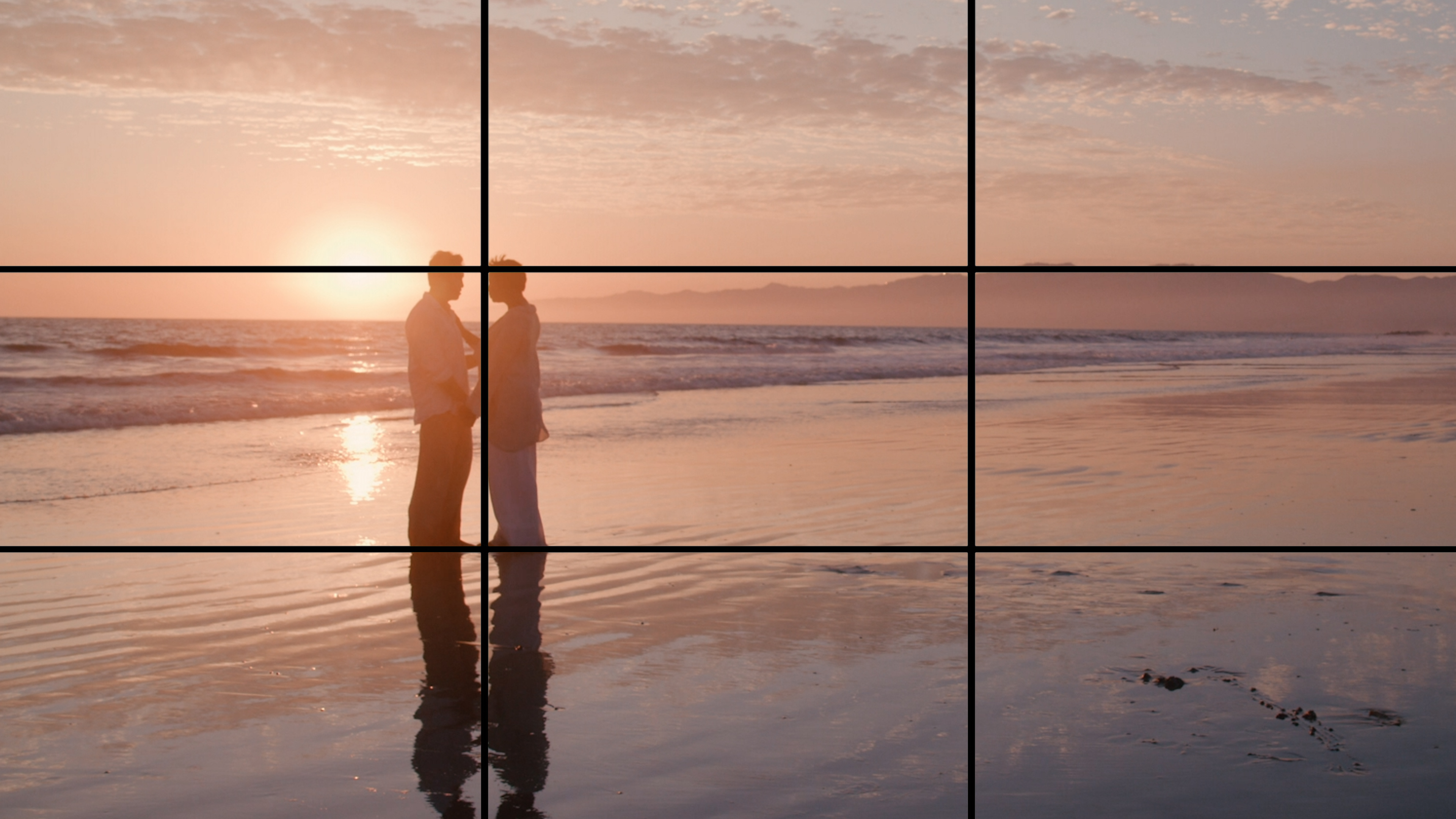
If you’re a photographer or filmmaker, you’ve likely heard of The Rule Of Thirds. here's a guide on how to apply it and when to break it.
Continue Reading
Filmpac’s newly-designed Project Feature is a powerful tool for collaborative video editing. Here’s a quick rundown of how it works.
Continue Reading

One of the most difficult parts of being a professional filmmaker is effectively managing and budgeting your time.
Continue Reading
Want to make money selling footage through a major stock footage platform like Filmpac? This page will walk you through the processs.
Continue Reading